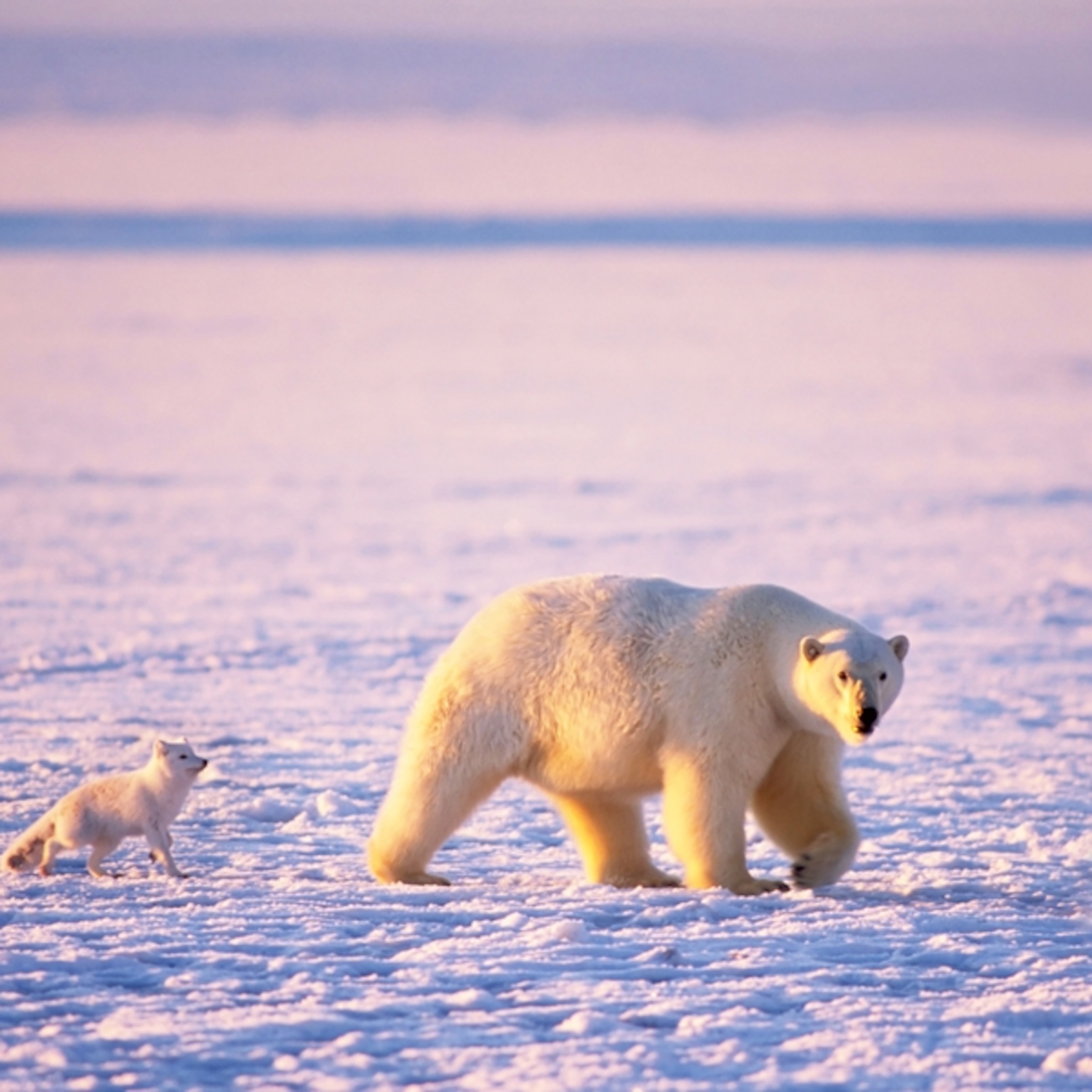Arctic Animals Adaptations Ks1

An African elephant for example lives in a hot habitat and has very large ears.
Arctic animals adaptations ks1. It shelters in burrows. ANIMAL ADAPTATIONS Lesson 92 Create your own adapted animals. Learn about twelve different Arctic animals listen to books play I Spy create a bulletin board and do some movement activities.
Use them in the classroom by trying some of the following ideas. Arctic Animals A List of Arctic Wildlife Antarctic animals here - south polar. A substantial blubber layer lies under the skin acting as insulation so allowing the seals to swim indefinitely in frigid Antarctic waters down to -2C.
This is the fourth lesson in the Polar Regions unit of work in which students will learn about arctic plants adaptations and how theyve evolved to survive the extreme conditions of the polar tundra. Meet 10 of the most interesting animals weve ever seen. It also covers the different types of conditions that arctic plants have to survive in and why they adapted in the first placeIt also teaches students key knowledge about the Polar Region topic.
The poles of the planet are places of extremes. Arctic cold mild freezing clean dirty moist gritty hairy lumpy sandy slippery green light spiky smooth wet dry prickly heavy sharp red. Watch adaptation inheritance and evolution BBC Bitesize clips.
Students will learn how these animals adapt to their environment in this lesson on on Arctic animals. How animals are adapted to live in the Arctic polar bear - caribou - musk ox - wolf - wolverine arctic fox - ermine - lemming - arctic hare arctic ground squirrel - birds - whales - harp seal - walrus. ANIMALS living on LAND.
Our Planet Squirrels and Animals in the Snow. Several kinds of penguins including the emperor penguin live in Antarctica and so do walruses and narwhals. Tes classic free licence.



















